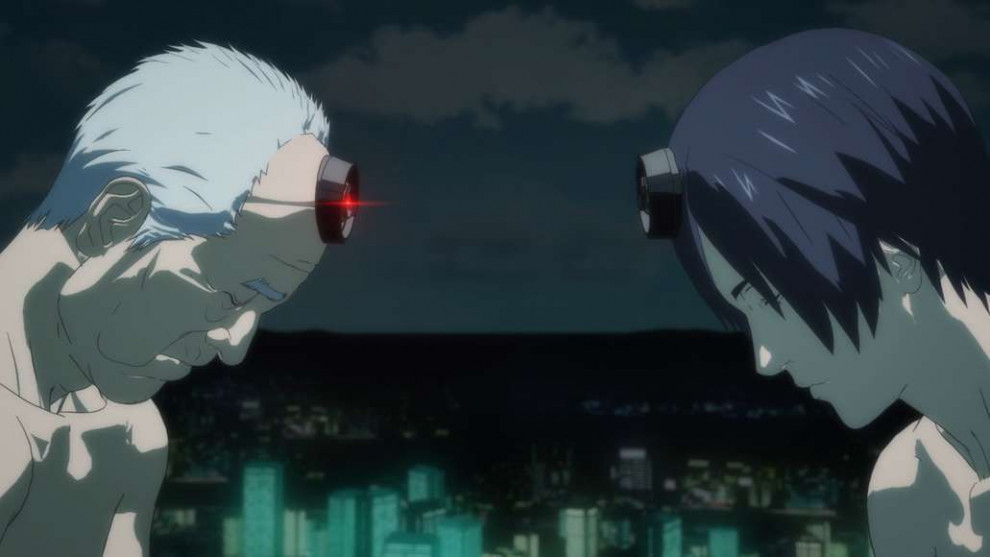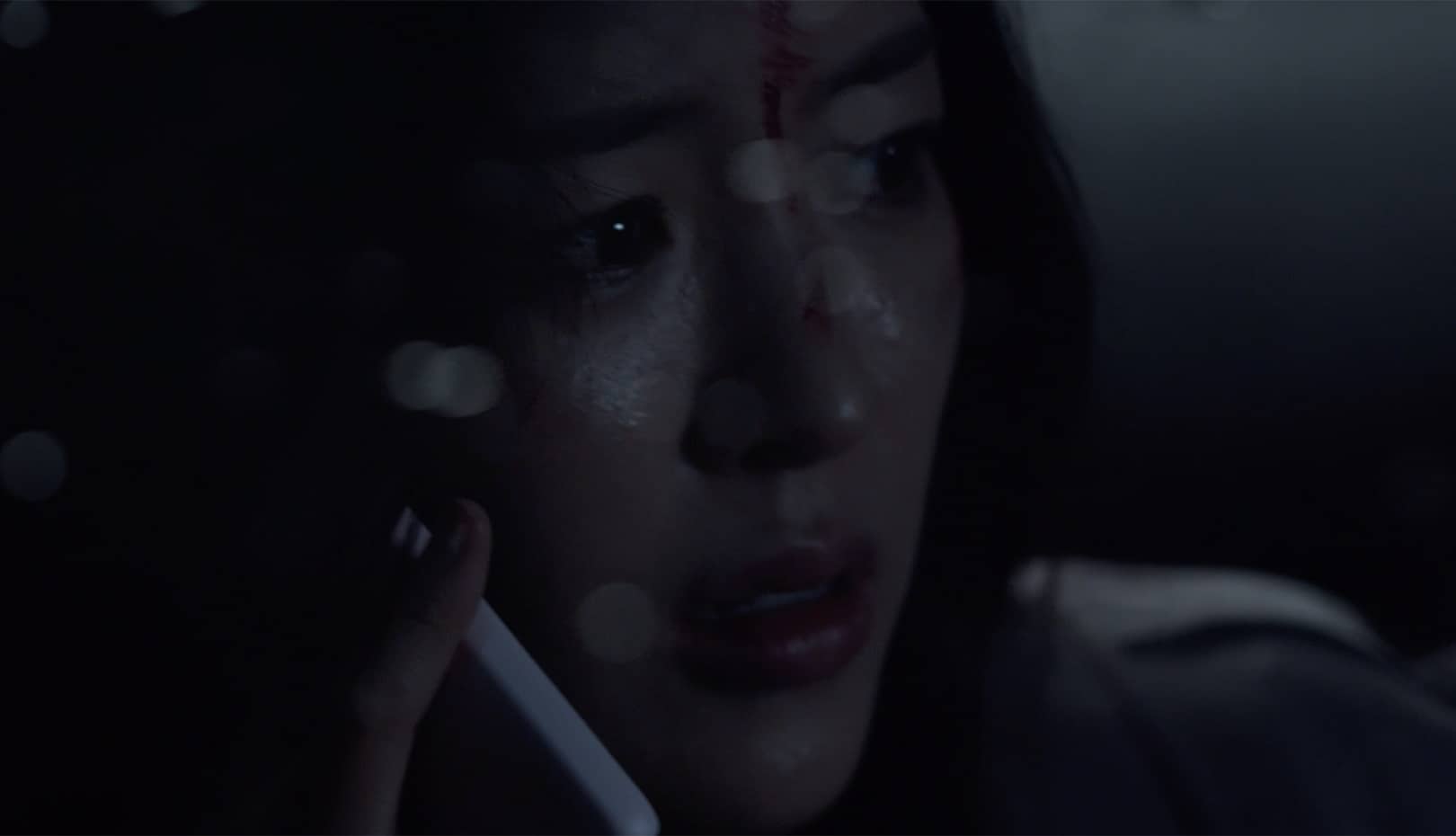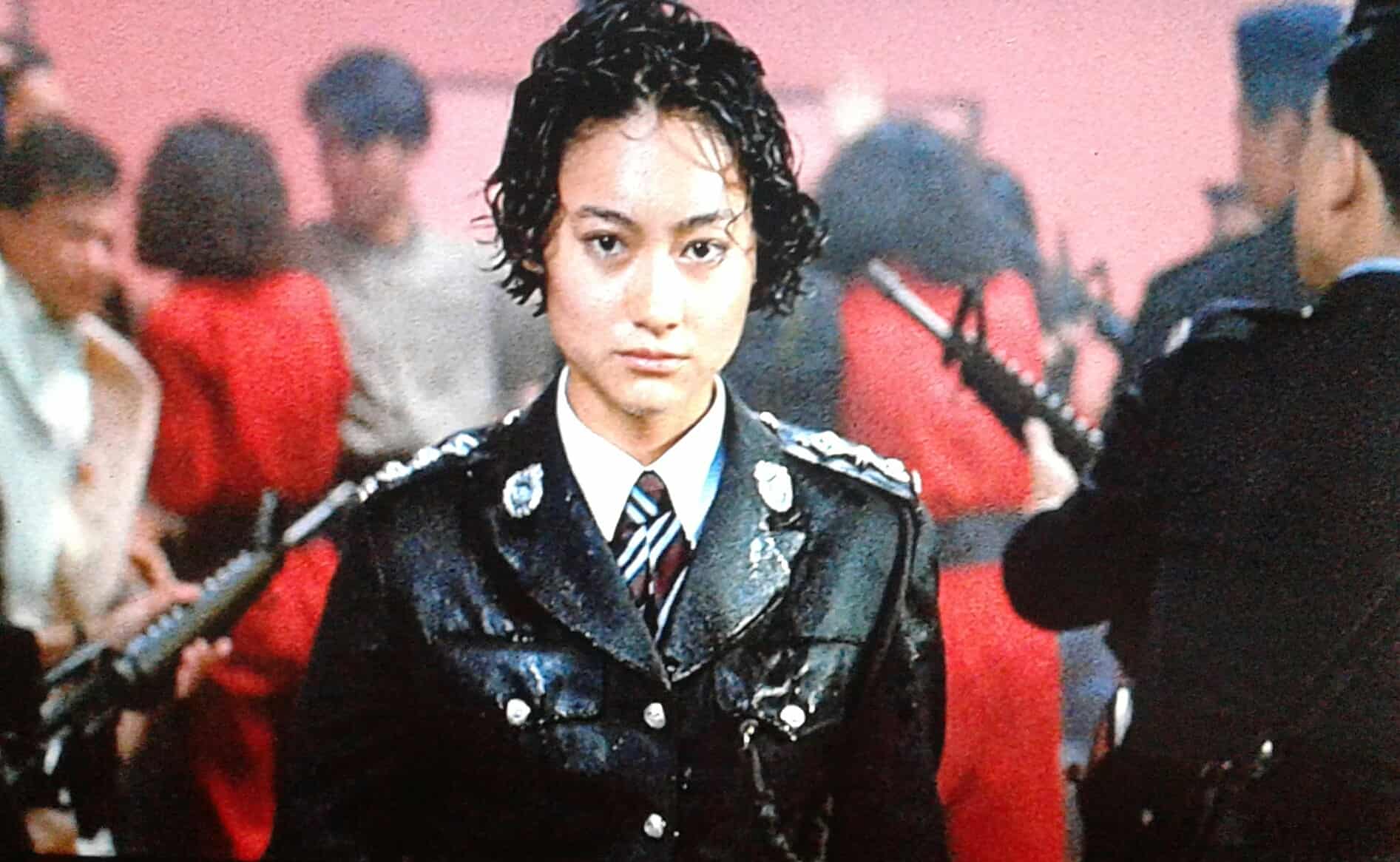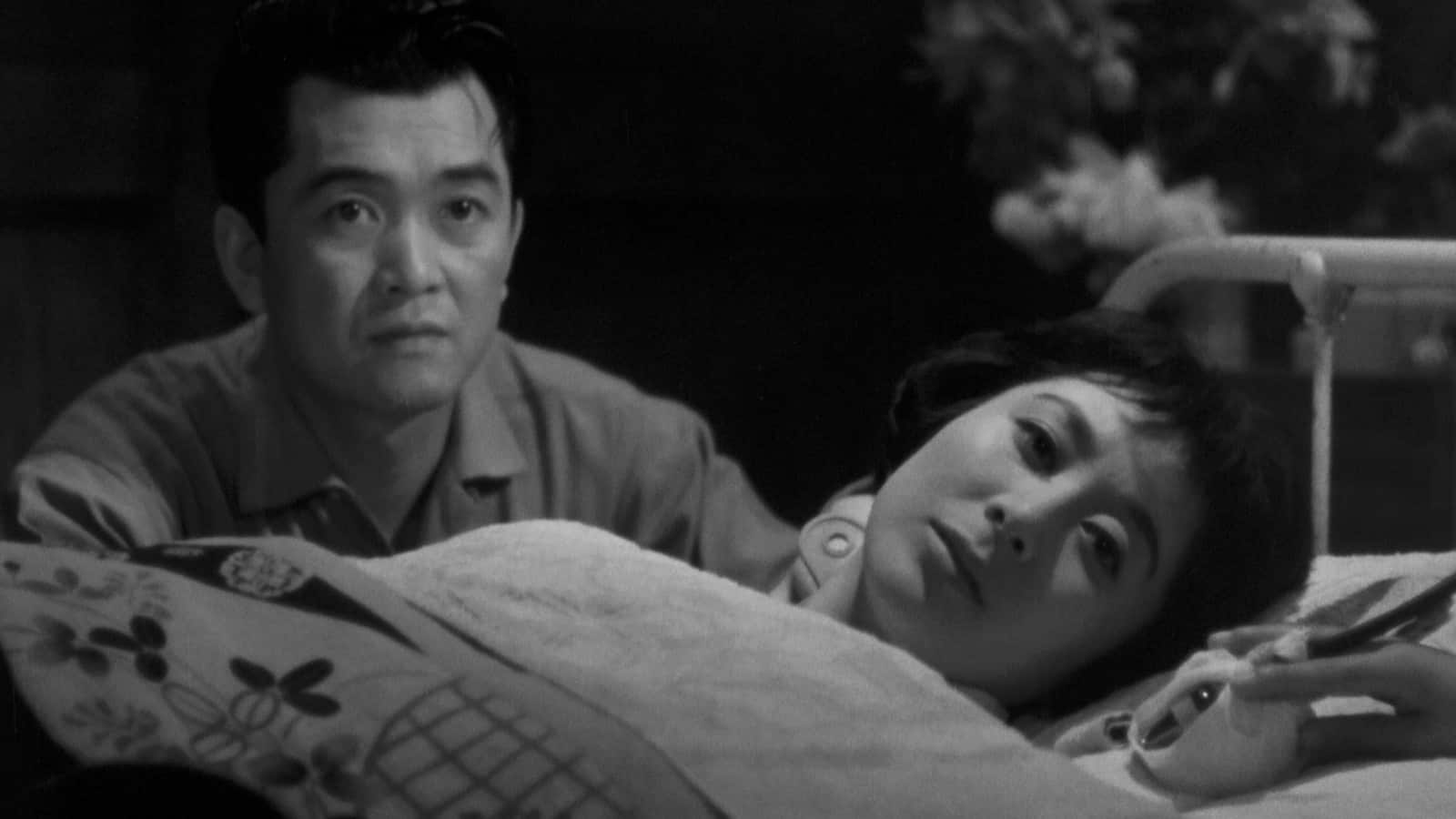As I have mentioned before, due to the countless entries in the shonen genre, it is really difficult for someone to come up with something really new, something that strays completely away from the Naruto-Bleach-One Piece standards. Hiroya Oku, the author of the manga the anime is based on, managed to do just that, by having a more than unlikely protagonist and a title where the shonen aspect is just an “excuse” for a number of sociopolitical comments. Let us take things from the beginning.
Watch This Title

The story revolves around two axes, in essence around two individuals, whose stories eventually “clash.” The first one, and the unlikely one I mentioned before, is Ichiro Inuyashiki, a man who has no friends while his family members seem not to care about him the least. Furthermore, he is almost completely ignored in his work place, and despite being just 58, he looks more like over 70. His life is awful, since his only “solace” seems to be his dog, Hanako, but becomes even worse, when he is diagnosed with a terminal disease. Just when despair is about to embrace him fully, a mysterious explosion transforms him into an all-powerful cyborg, with Inuyashiki soon deciding to dedicate his powers to doing good, curing incurable diseases and fighting crime.
The second, and rather opposite axis, revolves around Shishigami Hiro, a student in the same class with Inuyashiki's daughter, who also experienceds the aforementioned explosion and becomes a cyborg. However, he becomes the exact opposite, deciding to use his powers to kill and bring destruction all over. Eventually, the police take wind of him and an endless hunt begins, although it soon becomes clear that Hiro is not the one being hunted. Furthermore, when he finds himself in trouble with the only three people he seems to care about, he decides to unleash true mayhem towards everyone. Inevitably, the two newly-transformed cyborgs, clash. Naoyuki Ando, Hiro's childhood friend and classmate has the role of the catalyst in the story

Evidently, the original aspect is that the protagonist of the anime (at least one of two) is an elderly man and in general, a rather unlikely hero, who, even in his omnipotence, looks clumsy and overall ridiculous, particularly when he decides to use his newly found physical power. Through him, Keiichi Sato presents a comment about the way Japanese society has marginalized the elderly and through this rather extreme approach, how these people can still be of use.
Hiro, on the other hand, presents the exact opposite comment, of how the young can be useless and even harmful, particularly due to the lack of guidance, but also the lack of respect from them towards their elders.
Apart from the aforementioned, bullying, the effects of social media (4chan in particular) and smart phones on the new generation, family, and friendship are also examined, although all of them through a rather pessimistic prism. This approach also includes the concept of love, which in this case, is presented as another “excuse” for Hiro's actions, in essence one of the elements of the “how to create a criminal” idea.

At the same time, the shonen aspects are not neglected at all, with the action scenes and particularly the final one being rather impressive, as is the case with the various sequences of mass destruction where MAPPA studio's animation finds its apogee. Add to that some scenes of subtle and intelligent humor (the Trump scene is hilarious), caricature-like violence and a number of references to other anime and manga (“Gantz” mostly) and you have the gist of the shonen elements of the title.
Having a great manga by one of the unique creators of his generation and a great source material that works on multiple levels has proven, this time, a recipe for success, in one of the best titles we have seen the latest years.















